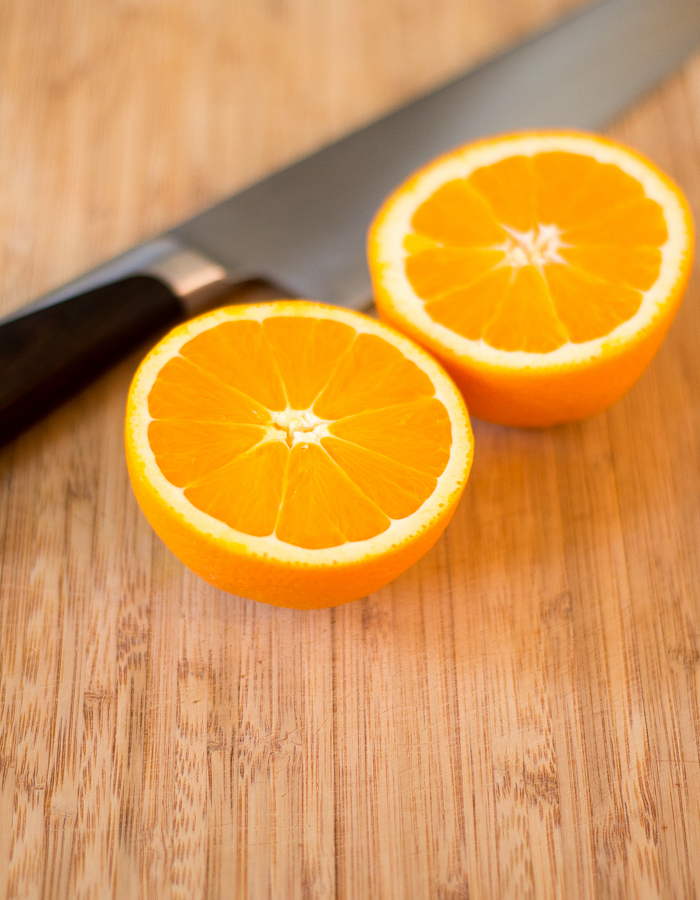 Living on a budget is tough. Buying organic produce on a budget? Even tougher!
Living on a budget is tough. Buying organic produce on a budget? Even tougher!
One of the biggest obstacles to eating organic is the cost that comes along with it. Most mainstream grocery stores charge you an arm and a leg for organic fruits and veggies and when making the switch from eating meats to eating plant based, this cost becomes an even bigger factor.
My husband and I decided to buy organic produce because we wanted to know firsthand if there was a difference in the quality and taste of the foods we were buying. Let me tell you, YES, there is a huge difference in organic produce! Oranges actually taste orangy and not just sugary. Organic bananas actually taste like bananas and not just generic sweet fruit. Organic bananas do turn brown a little quicker, but they don’t go soft was quick – so an organic banana with brown spots is still really tasty, whereas the normal ones are usually only good for smoothies at that point. Carrots are full of flavor and organic celery will blow your mind – you’ll never be able to eat ordinary celery again! It’s unbelievable at first, and some will argue that they can’t taste the difference, but we find it too much of a change to go back. I’m even pleased to say that my husband – who, for the record, was firmly set against organic produce at first, insisting that there was no flavour difference – now encourages us to shop from the organic section at our local grocer. It’s amazing! A true convert, he is.
Okay, so let’s get real for a minute – buying all your organic produce from Whole Foods or other mainstream organic stores will make the majority of us broke. Most of us can’t fathom paying $8 for some sprouted beans that might last as a garnish for two meals. So we decided to reach out and see what other options there were to help us save some money and I’m so happy to say that we hit gold! So, because I love sharing all these tips and tricks with you al, I thought that I would share some of the secrets that we’ve learned when it comes to saving some cold, hard cash on organic produce.
Organic Grocery Boxes and Grocery Services
Grocery boxes are an amazing way to save money on organic produce, often while helping to support local farms in your area.
We didn’t even know that such a thing existed until about 2 years ago. A grocery box is a service that can be purchased from for-profit and non-profit companies (take a peek at my post on organic grocery boxes for some great tips) – you can do a quick search for one in your area on Google. These grocery boxes typically deal with local farms and businesses, providing people with an alternative, often cheaper, way of getting their food.
There are many organic grocery box services out there, some even sell eggs, breads, oils, cider and other products in addition to produce. Below is what a typical grocery box looks like in the winter for us. I’ll put up a few of the summer boxes as soon as we start getting them again.
We subscribe to a really great grocery box from Plan B Organic Farms. The neat thing about the grocery box we get is that it’s different every week and we don’t get to choose what we get!
Now I know that may sound really unusual, and not all food box services are like this, but we really enjoy it since it means that we receive the local produce of the week, forcing us to eat what’s in season. The major benefit to eating in season is that the produce is just bursting with flavour – it’s really amazing! We have found that our grocery box box adds a lot of variety to our meals and we don’t have to choose the contents- the grocery box farm does it for us. However, one of the challenges with a box where the selection is different from week to week is that you can’t do much meal planning until you receive your box and see what the week’s contents are. Sometimes this is fun – it forces us out of our comfort zone – but it also means that we end up not always using all of our produce from time to time, especially if we receive something that we’re not too familiar with. That’s one thing that this blog is really helping with though – expanding our horizons as far as foods, flavours and recipes are concerned.
We purchase a small local and imported share – this means we get both local produce and imported produce like oranges and bananas. Our food box doesn’t always have every fruit or vegetable that we might want for that week but the farm is really great at providing variety, so we usually end up with most of the produce that we like to keep on hand. Our service is flexible too and we can easily scale our share up or down, depending on our needs.
I don’t think there has ever been a week where if I priced out every item in our box it would be over the $28 we pay weekly for it, especially in the summer. So that image above with all that lovely produce – all of that only cost us $28!! This is a huge savings over your typical big-box grocery stores and we’ve actually done a cost comparison below to help emphasize this point.
Checkout my post on grocery boxes to read more about how to get involved with one in your area.
Local Organic Grocery Stores & Farmer’s Markets
We are very fortunate to live in an area where local, healthy grocery stores are fairly popular. Now I know that not everyone has this luxury, but this doesn’t mean that you won’t be able to save money when trying to buy organic.
If you haven’t already, take a closer look at the grocery options that you have in your community. Do you have a health food store nearby? Does a food co-op exist in your area? Is there a farmer’s market that runs in the warmer months? These are important things to look into when you’re exploring options for cheaper organic groceries.
We are lucky enough to have not only a local food co-op nearby, but also a local chain of health food stores. Both of these stores carry local and organic produce, meats, eggs and dairy, and other organic goods. If you’re near the Hamilton area, it is definitely worth your time to check out The Mustard Seed, a food co-op that makes it easy for people to support local food producers. They are a great source of organic produce and really niche products that often cater to specific dietary restrictions. Goodness Me! has just recently become one of our favourite places to shop, especially after using them as a comparison to our grocery box and realizing that they have very competitive prices when it comes to organic produce. They are also a great source for hard to find vegan items, like vegan marshmallows (hello, s’mores!). Finally, while we haven’t shopped there personally, The Organic Garage in Oakville is frequently mentioned by the lovely Angela Liddon over at Oh She Glows and a good work friend of mine pops by there from time to time to pick up items that she can’t find at her regular grocery store.
Local grocery stores can be just as economical as using food boxes and, if used in conjunction with a grocery box, can help with further savings on organic produce. We’re able to supplement our food box with items from stores like those above. While these stores aren’t the closest grocery store to us, they are only a 10 minute ride away so we try to shop at them as often as possible. I will be the first to admit though that sometimes it’s easier to pop over to the closest grocery store (in our case, a Sobey’s which we can walk to), merely out of sheer convenience and especially if one is in the middle of making a delicious dinner and discovered that we’re missing a key ingredient. Not that this has ever happened to us or anything…
We like a lot of variety in our diet, so it has been difficult not to supplement our grocery box with trips to grocery stores. Personally, we find the method of buying a few items here and there works really well for us. Ultimately, you need to do what’s easiest for your own life so explore some of the suggestions that we’ve mentioned here and use what fits into your current routine.
As we were writing this post, we were curious to know if the savings of our grocery box were still what they were when we first signed up (we’ve been subscribers to our grocery box for over two years). So we decided to do a little grocery store sleuthing and put together a chart comparing the prices for organic produce from a big box store to those found at a local grocery store. Results: local store win!
Our local organic produce store exceeded expectations and was very competitive. The big box store was pretty much always more expensive for the exact same brand and product.
You can see from the chart that some items were the same price at both stores, which is great news for those of you who may only have a big box store as your source for organic produce. What you’ll also notice though is a huge price difference for some items, particularly tangerines, strawberries and cauliflower in our example. If you don’t have a local grocery store in your area, try keeping track of organic prices over a few weeks for the produce that you love to buy – this will allow you to realize when something has a competitive price, week over week. Also, take advantage of sales and try to shop in season as much as possible as those items will often be less expensive.
A great tip for the summer months is also to shop at your local Farmer’s Market. A few years ago, I was fortunate to live in an apartment where the local farmer’s market was a 5 minute walk away so I bought all of my produce there throughout the summer. It tasted better, it cost less and I felt great knowing that I was supporting local agriculture. After a while, you also get to establish a relationship with the farmers which can sometimes score you a discount on some items. Most farmer’s markets have really expanded nowadays and often house specialty vendors as well, allowing you to buy baked goods, maple syrup, local wares or even natural body products in addition to your local produce. Websites like Farmer’s Market Ontario and Farmer’s Market Canada are a great way to get more details about the markets in your area. Check out your local farmer’s market this spring and find out what kinds of treasures are waiting for you!
Bulk Food Stores
No matter what, some items are just expensive. Items like organic chia seeds, hemp hearts, cashews and almonds can have a price tag close to $20/kG! Most of these items we can’t grow locally in southern Ontario so buying local isn’t even an option. In an effort to help save some more money, we decided to look into bulk options like Costco and the Bulk Barn.
Bulk Barn is a store in Canada that offers a variety of mostly dry goods sold by the kilogram (or pound). They have recently expanded significantly into special dietary items and carry quite a few packaged products from brands like Bob’s Red Mill and Glutino. Their prices aren’t always the greatest but the thing that we love the most is that you can buy exactly how much you need. While their prices are typically less than the mainstream grocery stores, by being able to buy as much or as little as you’d like, you don’t have to buy 20lbs of tapioca starch to save a few bucks. This is also a perfect source for that odd spice that you haven’t tried before and only need for one recipe. We’ve also found that Bulk Barn has a very good gluten-free and organic flours section, with prices that often give Bob’s Red Mill a good run for their money.
Costco is also a great option for some items – we buy a lot of our organic nuts, seeds, canned goods and even some of our organic produce from there. Their organic, natural peanut butter is delicious and very competitive in cost – almost half the price of mainstream grocery stores. Costco requires a membership, but we have found it to be worth every penny. We also picked up our beloved Vitamix blender from Costco and the savings from that purchase alone covered the cost of our annual membership for the year.
Most of the grains and flours in our pantry have come from either Bulk Barn or Costco – check out my post on pantry staples for more details on the kinds of things we like to keep stocked at home.
So there you have it, some tips and tricks that will hopefully save you some money on organic goodies for you and your family. I know that not all of these options will work for everyone, and unfortunately if you don’t live in a larger city some of these options may not even be available to you, but this is what has worked for us and we really enjoy it. At the end of the day, if you can’t buy all your groceries organic, try to at least avoid the Dirty Dozen (I’ve got a post on them coming soon).
Make sure to let me know in the comments what cost saving measures you use – I’d love to hear them!
Lots of love & happy eats,
Savanna
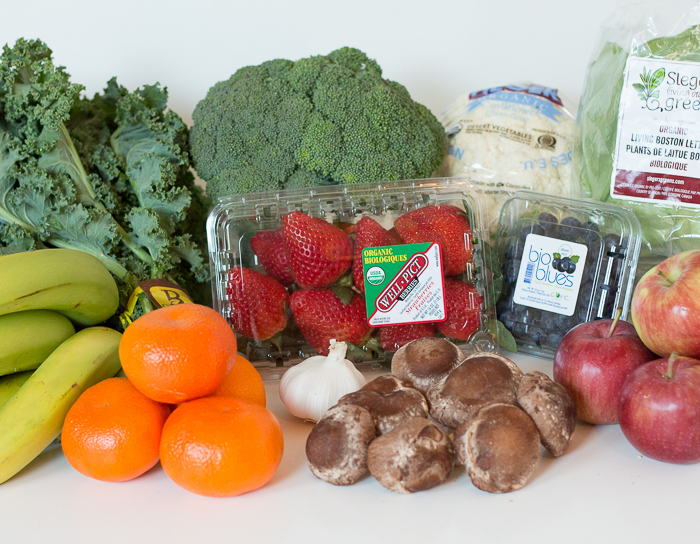

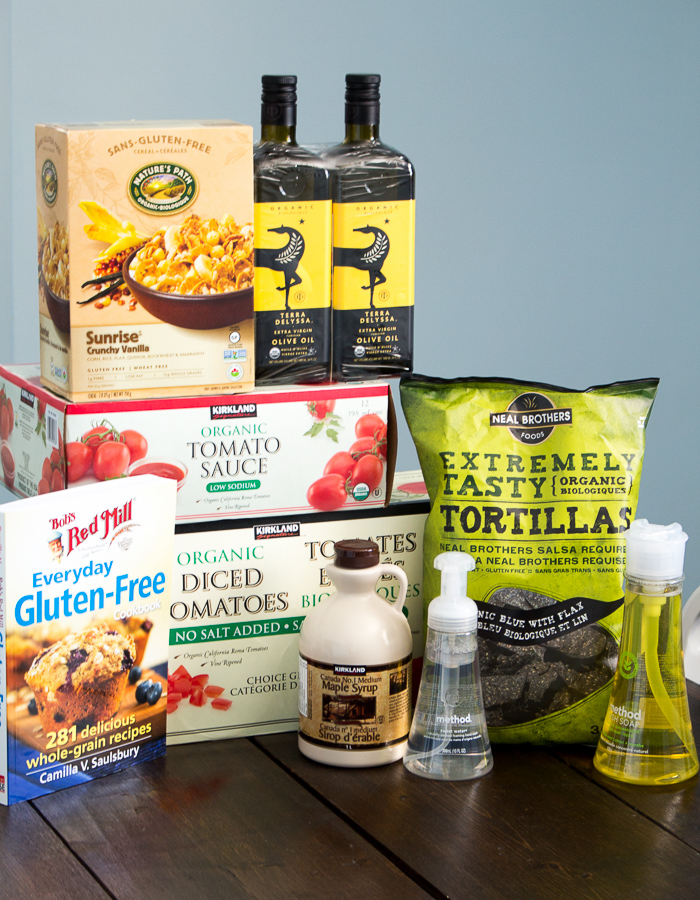
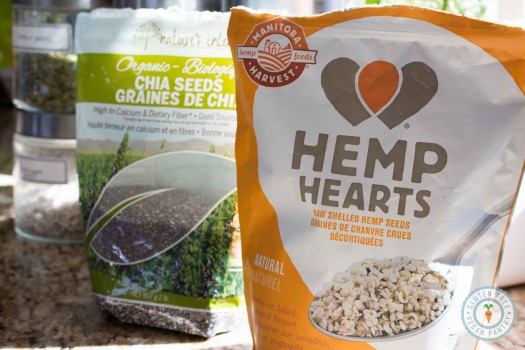
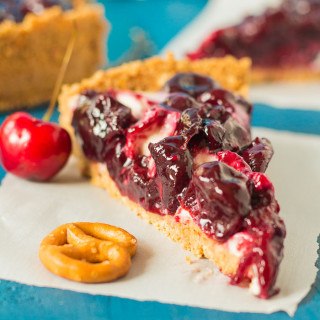
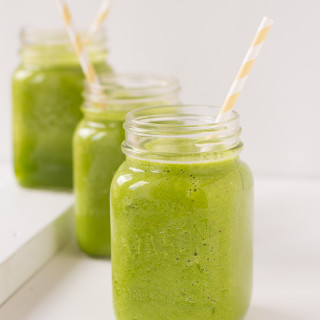
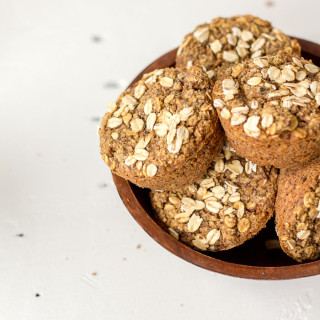

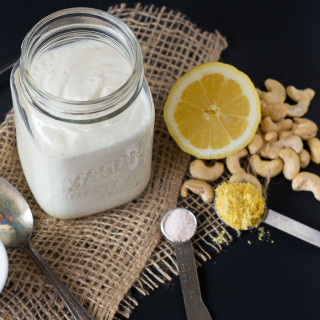


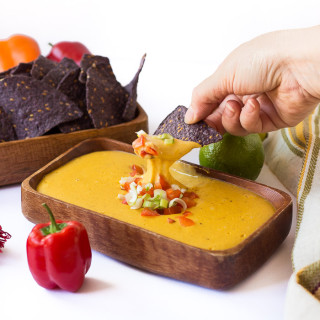
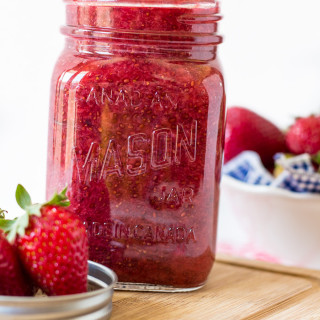


Your writing is great, Savanna! I had no idea organic food box programs existed! We are looking into signing up for one and I really think we will go with plan b farms – I love the idea of not knowing what you will get each delivery so that you have variety and are forced to try new things that you would normally be too nervous to try. Thanks!
Thank you so much, Jessica! We love our grocery box so much – this past week we got some mystery greens and we weren’t quite sure what they were (either some varient of chard or kale) so we just tossed them into our Mushroom Asian Noodle Soup recipe. They were a perfect addition, a great way to try a new food and an excellent way to eat more veggies!
Let me know if you end up joining a food box in your area – I’d love to hear how you enjoy it!
Savanna, it’s funny we have so many similarities — I’m finding this more and more so with every blog post of yours! 🙂
We switched to organic a few years ago and never looked back. It’s definitely pricier and there are some things we can simply no longer eat, but we’re willing to make the sacrifice. I’m also trying to grow my own food {small scale for now} and harvest wild edibles whenever possible. We’re lucky that where we live there’s quite an abundance — lots of wild greens, but also apples, asparagus, many varieties of berries, etc. Summers are a fun time :). I should say I’m lucky actually, as my husband doesn’t care for those things too much… I’ll say that it’s a little easier for me because I’m happy with all raw foods — give me a pepper, an apple, or some berries, {and maybe some real tahini ;)} and I’m satisfied :), my husband on the other hand is more of a pizza, pasta, big rice dish, bread kind of a guy, and even a lot of “organic” products in this area are filled with ingredients we don’t consume {like table salt, for instance}. But I think it’s such an important journey — I hope more and more people make the switch and enjoy far tastier and brimming with vitality real foods.
The more you and I leave little messages on each other’s blogs, the more I feel like we were meant to be food blogging besties!
I love that you’re growing your own food – we just moved to a larger home this past September and I’m so excited to set up some raised beds this summer. Right now, all I can grow are some counter top herbs in my kitchen, so I’ll be very happy when we start to get some warmer weather here. That’s awesome that you enjoy raw foods so much. It’s definitely something that I have been trying to incorporate more into my own life. The nice thing is that the more I eat natural, whole foods, the less I find myself having cravings for the junky foods that I used to love. A sure sign that our body is designed to thrive on nature’s bounty!